Researchers discovered dopamine plays a crucial role in adapting decisions to changing situations. Using PET and fMRI scans, they found dopamine increases in the brain’s reward center during task changes, aiding learning from mistakes.
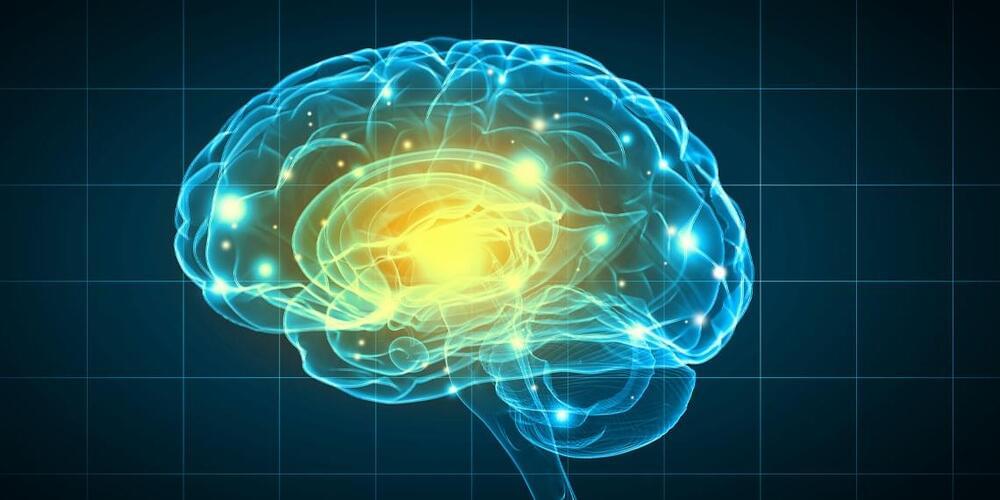

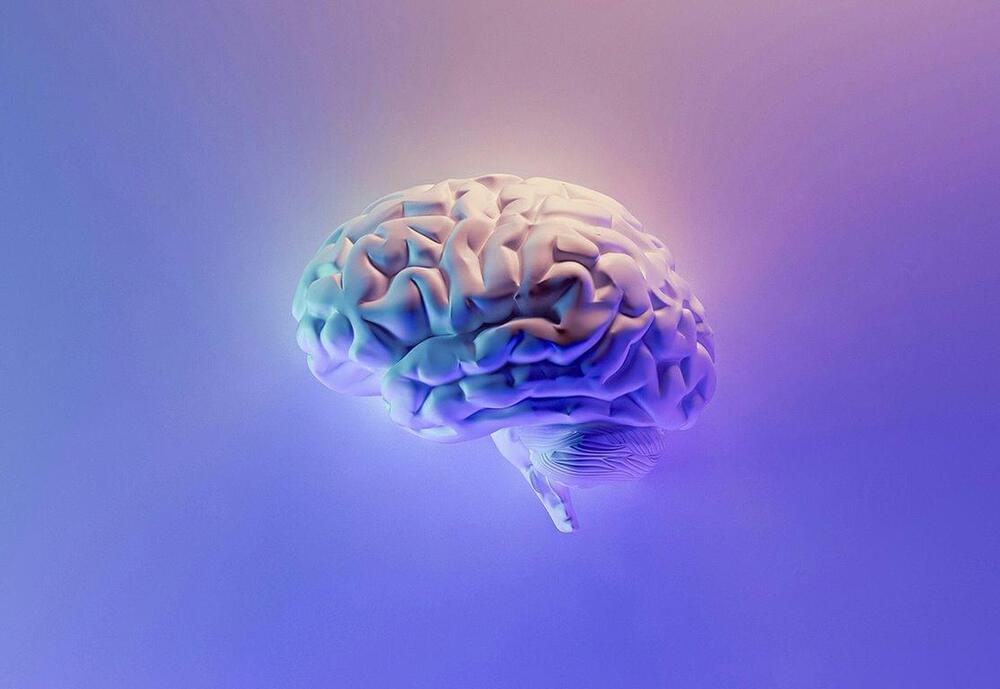
Scientific research continuously expands our collective knowledge and pushes innovation forward. But what good is that innovation if it isn’t accessible to large swaths of the global population?
English is the standard language for most scientific communication — nearly 98% of scientific research is published in English. While standardizing scientific publications into a single language can streamline discussion, it is incredibly limiting for populations that don’t speak English.
A UCLA-led project aims to alleviate this issue. A collaboration among the UCLA Brain Research Institute, the UCLA Department of Spanish and Portuguese and the nonprofit organization Knowing Neurons is translating the informational content on Knowing Neurons’ platform into Spanish. Created by a group of graduate students at UCLA and USC in 2012, Knowing Neurons works to make neuroscience accessible to people interested in learning about the brain.
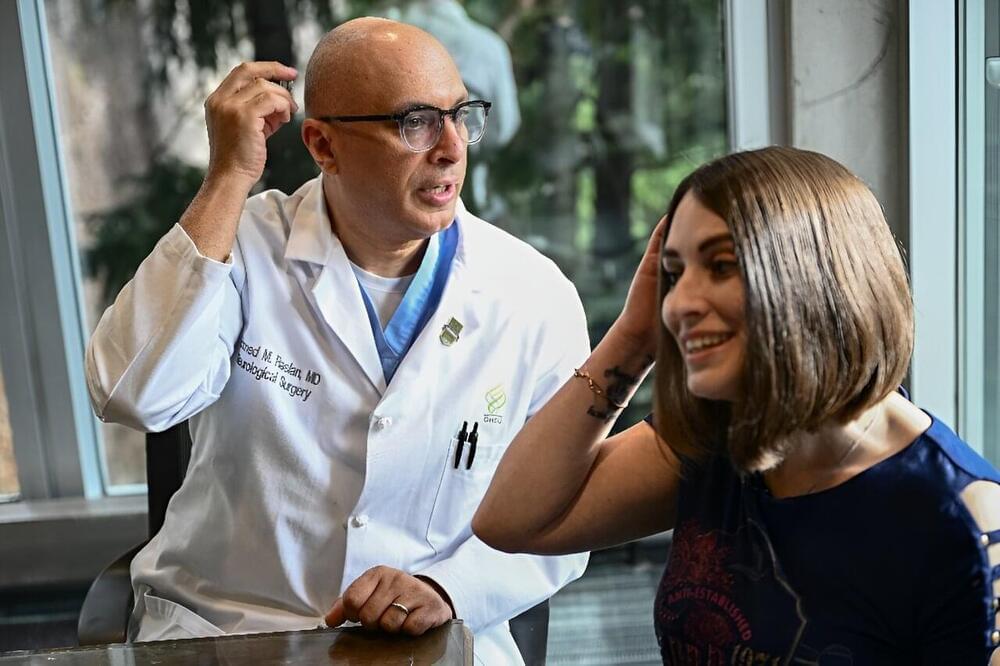
American Amber Pearson used to wash her hands until they bled, terrified by the idea of contamination from everyday items, a debilitating result of her obsessive compulsive disorder (OCD).
But the repetitive rituals of her condition are largely consigned to memory, thanks to a revolutionary brain implant that is being used to treat both her epilepsy and her OCD.
“I’m actually present in my daily life and that’s incredible,” the 34-year-old told AFP.
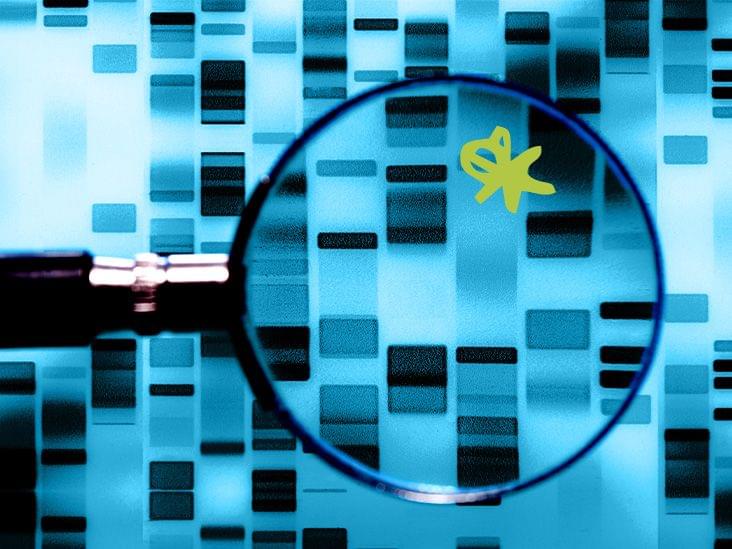
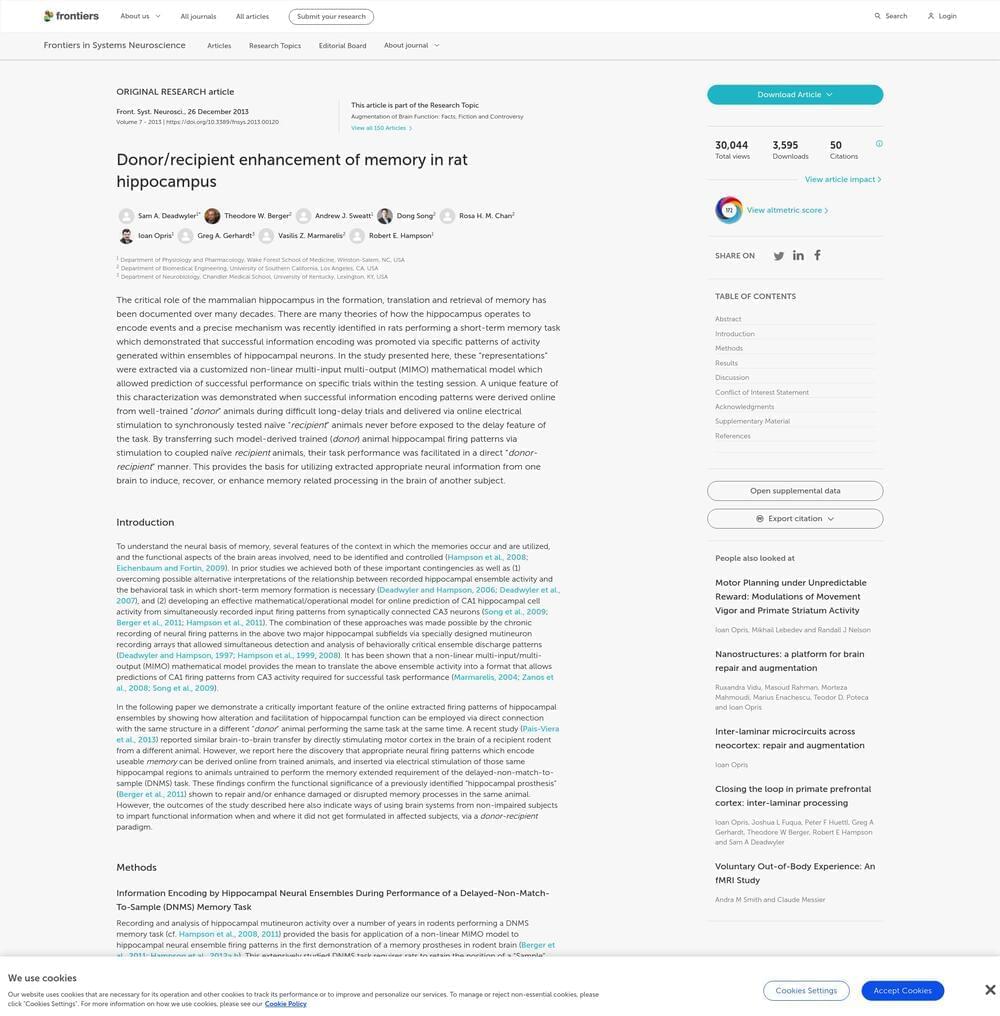
The critical role of the mammalian hippocampus in the formation, translation and retrieval of memory has been documented over many decades. There are many theories of how the hippocampus operates to encode events and a precise mechanism was recently identified in rats performing a short-term memory task which demonstrated that successful information encoding was promoted via specific patterns of activity generated within ensembles of hippocampal neurons. In the study presented here, these “representations” were extracted via a customized non-linear multi-input multi-output (MIMO) mathematical model which allowed prediction of successful performance on specific trials within the testing session. A unique feature of this characterization was demonstrated when successful information encoding patterns were derived online from well-trained “donor” animals during difficult long-delay trials and delivered via online electrical stimulation to synchronously tested naïve “recipient” animals never before exposed to the delay feature of the task. By transferring such model-derived trained (donor) animal hippocampal firing patterns via stimulation to coupled naïve recipient animals, their task performance was facilitated in a direct “donor–recipient” manner. This provides the basis for utilizing extracted appropriate neural information from one brain to induce, recover, or enhance memory related processing in the brain of another subject.
To understand the neural basis of memory, several features of the context in which the memories occur and are utilized, and the functional aspects of the brain areas involved, need to be identified and controlled (Hampson et al., 2008; Eichenbaum and Fortin, 2009). In prior studies we achieved both of these important contingencies as well as overcoming possible alternative interpretations of the relationship between recorded hippocampal ensemble activity and the behavioral task in which short-term memory formation is necessary (Deadwyler and Hampson, 2006; Deadwyler et al., 2007), and developing an effective mathematical/operational model for online prediction of CA1 hippocampal cell activity from simultaneously recorded input firing patterns from synaptically connected CA3 neurons (Song et al., 2009; Berger et al., 2011; Hampson et al., 2011).
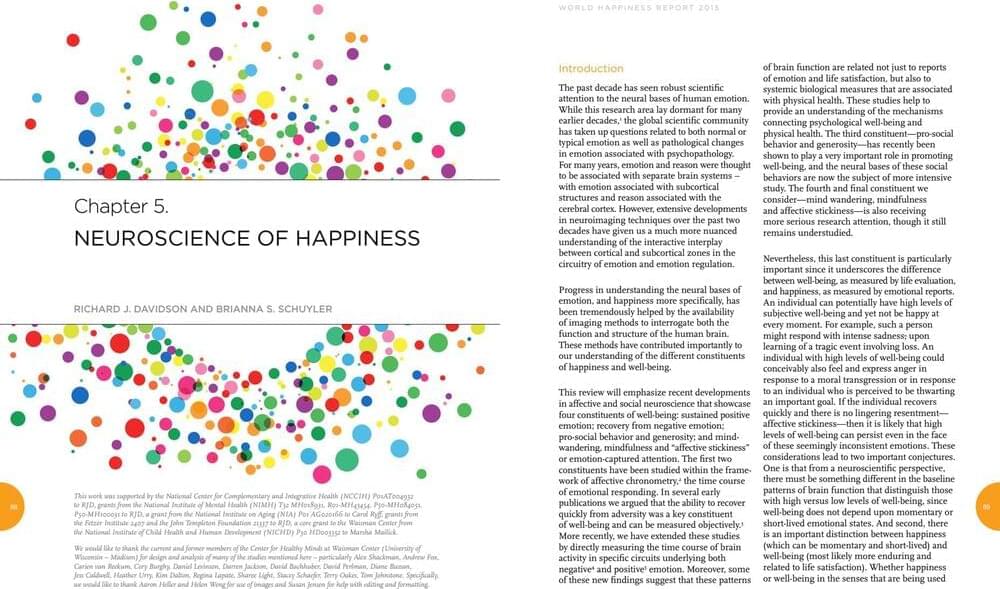
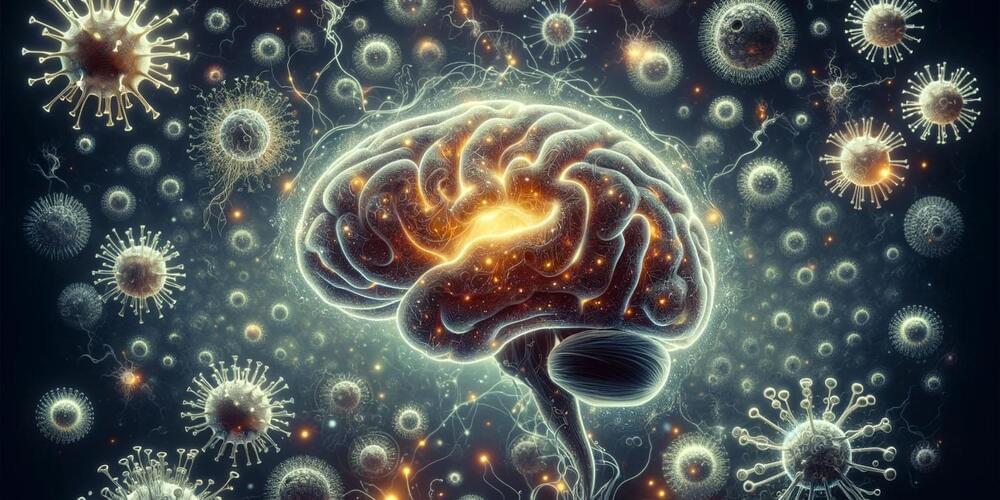
Scentists have uncovered a fascinating link between ancient viruses and the development of myelination, the biological process crucial for the advanced functioning of the nervous system in vertebrates, including humans.
Scientists discovered a gene, ‘RetroMyelin,’ from ancient viruses, essential for myelination in vertebrates, suggesting viral sequences in early vertebrate genomes were pivotal for developing complex brains. This breakthrough in Cell unravels how myelination evolved, highlighting its significance in vertebrate diversity.

The challenge is huge: There’s a lot we don’t understand about Alzheimer’s disease, but we do know that patient’s brains tend to accumulate toxic tau and amyloid-beta proteins, so most research has focused on those targets.
That approach has led to new drugs that can slow the progression of Alzheimer’s to a small degree, but we’ve yet to find anything that can reverse the damage the disease does to the brain.
The big idea: Synapses — the connections between brain neurons — need a protein called “KIBRA” in order to form memories, and there’s a link between certain variants of the KIBRA gene and developing Alzheimer’s.
Sabine Hossenfelder and Bernardo Kastrup have a theolocution on superdeterminism and free variables.
Sponsors: https://brilliant.org/TOE for 20% off. For Algo’s podcast / @algopodcast and website https://www.algo.com/.
Patreon: / curtjaimungal.
Crypto: https://tinyurl.com/cryptoTOE
PayPal: https://tinyurl.com/paypalTOE
Twitter: / toewithcurt.
Discord Invite: / discord.
iTunes: https://podcasts.apple.com/ca/podcast…
Pandora: https://pdora.co/33b9lfP
Spotify: https://open.spotify.com/show/4gL14b9…
Subreddit r/TheoriesOfEverything: / theoriesofeverything.
Merch: https://tinyurl.com/TOEmerch.
LINKS MENTIONED:
–Sabine Hossefelder’s YouTube: / sabinehossenfelder.
–Testing Superdeterminism: https://arxiv.org/abs/1401.0286 / https://arxiv.org/abs/1105.4326
–Other Superdeterminism articles: https://arxiv.org/abs/2109.02676 / https://arxiv.org/abs/2010.01327
–Decoherence article: https://arxiv.org/abs/1911.06282
–Bernardo Kastrup’s website: https://www.bernardokastrup.com/
–No Go Theorem on Wigner: https://www.nature.com/articles/s4156…
–Making Sense of the Mental Universe\r by Kastrup: http://ispcjournal.org/journals/2017-…
LINKS NOT MENTIONED BUT PERTINENT:
(Bernardo Kastrup recommends the below)
Papers indicating that physical realism is untrue and refuting classes of hidden variables theories:
–https://arxiv.org/abs/1712.01826
–https://www.nature.com/articles/natur…
–https://iopscience.iop.org/article/10…
–https://arxiv.org/abs/1902.05080
–https://www.nature.com/articles/s4158…
–https://link.springer.com/article/10…
–https://books.google.nl/books/about/M…
–http://ispcjournal.org/journals/2017-…
–https://journals.aps.org/prl/abstract…
–https://arxiv.org/abs/quant-ph/9806043
–https://arxiv.org/abs/quant-ph/9810080
–https://www.nature.com/articles/natur…
–https://www.nature.com/articles/nphys…
–https://link.springer.com/article/10…
–https://arxiv.org/abs/quant-ph/9609002
TIMESTAMPS:
00:00:00 Introduction.
00:04:16 Overview of Superdeterminism.
00:08:31 Bernardo’s agreements / disagreements.
00:13:15 It’s more promising to violate statistical independence (SI)
00:15:59 What are the hidden variables in Superdeterminism?
00:18:20 What is statistical independence? Is it a mere assumption?
00:22:41 People claim Superdeterminism isn’t falsifiable, but is it?
00:31:17 Back and forth criticism and justification of proposed experiments.
00:38:35 Does experiment change the outcome of what’s measured?
00:41:37 Contrarian views — should they be put forward tentatively?
00:44:57 Decoherence and the observer.
00:49:22 The observer (and consciousness) is irrelevant in quantum mechanics.
00:52:37 Why oppose violating statistical independence (SI)?
00:54:57 Metaphysics? Or simply trying to solve the measurement problem?
00:55:57 We don’t have a good reason to depart with SI
00:59:10 Holding Sabine to higher standards than John Bell?
01:01:31 [gastronic] What is the definition of measurement / What does it mean to \.
NB Whilst claims of logical possibility intended to support reality claims (such as Swinburne’s proposal of disembodied existence) become subject to constraints of reality, those not intended to support any reality claim need not be subject to such constraints.
Selected Resources (see also part 1):
Churchland, P — Brain-Wise: Studies in Neurophilosophy (2002)
Swinburne, R — Evolution of the soul (1986)
Swinburne, R — Interview with Science and Religion News (2006)
Valentine, E — Conceptual Issues in Psychology (1992)
Velmans, M — Understanding Consciousness (2000)